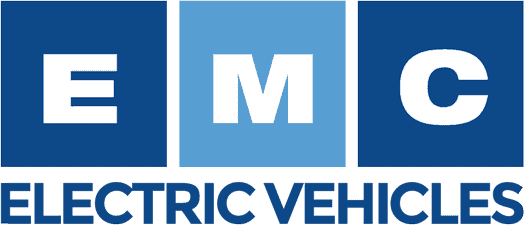
The Hydrogen Station Everyone is Talking About: A Report.
We talked incentives, the industry, benefits of Electric Vehicles and more. All of these things are coming to fruition recently.
The evidence – the new hydrogen station in Altona, Victoria. Thanks to Toyota and the backing of Renewable Energy Agency (ARENA), it shows a forward move into the way we are sourcing our energy in Australia.
This has the potential to change our whole structural energy process. In terms of the Electric Vehicles industry and its technology capabilities, it can only mean good things for the future of Electric Vehicles and at EMC.

Read on below to find out what the mission is and how it affects us in Australia.
The plan is to build a $7.4 Million Hydrogen Centre in Melbourne’s west. Not only this, the long term plan sees in turning into a Centre of Excellence. It will be Victoria’s first hydrogen site, complete with a commercial grade hydrogen refuelling station and an education centre with live demonstrations.
Toyota is investing $4.3 Million with the assisted funding from ARENA contributing $3.1 Million. The CEO of Toyota, Matt Callachor is happy as the company aims for zero emissions from sites and Vehicles by 2050.
“This is a very exciting time for Toyota Australia. Today’s announcement with ARENA aligns with our global drive to promote sustainable mobility and to play a leading role in the transition to a decarbonised future,” Mr Callachor said.
We know that Toyota have rolled out the Mirai Fuel Cell EV (FCEV) one of the newest and innovative electric car designs of 2019. The main aim of the centre is to keep vehicles such as the Mirai maintained and refuelled however the functions of the centre could expand to support processes to produce vehicles like this.
The opportunities for Electric Vehicle’s in the make-up of their energy components with the use of Hydrogen and renewable energy sources are now becoming more rampant. However it has been pointed out that in the industry, whilst it is growing, the slow pace is due to the lack of infrastructure that we have in Australia. This is what makes us a step behind other countries.
Opportunity to Grow
Hydrogen applications can see the Electric Vehicle industry moving into full swing with different sectors such as the Transit industry. Australian companies such as Transit systems, which operate the hydrogen bus fleets in London have stated that they will be trialling an Electric hydrogen buses in mid-2019. Given that they have now partnered up with Hydrogen Mobility Australia, the capabilities of the company can see other smaller companies following suit, growing the industry further.
Hydrogen Mobility Australia
Hydrogen Mobility Australia want to see a vision of a cleaner and renewable energy sources to supply the needs of Australia. It is made up of vehicle manufacturers, energy companies, researchers and government bodies to make Hydrogen a reality in our energy supply options.
Their objectives are to;
- Commercialise hydrogen technology and apply it to industries such as transportation and storage solutions.
- To provide a forum for stakeholders in the hydrogen and energy community
- To ultimately have a hydrogen society
On a larger scale, due to our expertise and now growing infrastructure to manufacture and apply such technologies that make up Electric Vehicles in Australia; it leaves it open for the export market, expanding the industry and increasing job opportunities for the Australian people.

Hydrogen, Fuel Cell Technology & Electricity
Below explains how hydrogen relates to electricity, and it produces that fuel cell technology everyone is talking about when it comes to the make-up of Electric Vehicles.
The fuel cell that combines hydrogen and oxygen to produce a chemical reaction, turns into electric power. These fuel cells are often compared to batteries, of which we at EMC are still using to power our vehicles.
Fuel cell technology is considered an alternative power source for electric vehicles. The beauty of using hydrogen is that it can be stored and transported until it is needed.
There is still more research and development to be done as well as infrastructural components, concerning the use of hydrogen. The fact that Toyota is constructing the Hydrogen centre shows a promising sign for the future of fuel cell technologies.
The great thing about this centre is the educational element it brings to the industry. Other companies can use this centre as a platform, sounding board, for their own growth. The interrelationship of electric vehicle technology and battery technology could also be explored.
The construction on the Hydrogen centre will begin this year, with the educational centre open in December 2019. The hydrogen refuelling station will be fully operational by mid to late 2020. It is said to be able to refuel vehicles such as the Mirai Fuel Cell Electric Vehicle within five minutes.
The integration of fuel cell technology in the manufacturing of Electric Vehicles shows a positive move forward for the industry as a whole and opens up options for all Electric Vehicle companies to have more options for the powering of their vehicles. As innovation is a key element to our mission and vision at EMC, the development in fuel cell technologies can only mean growth and benefits to you, our customer.
What is EMC doing to play its part for Zero Emissons?
Don’t forget to check out our Facebook page for more information about our products and services we offer at EMC
